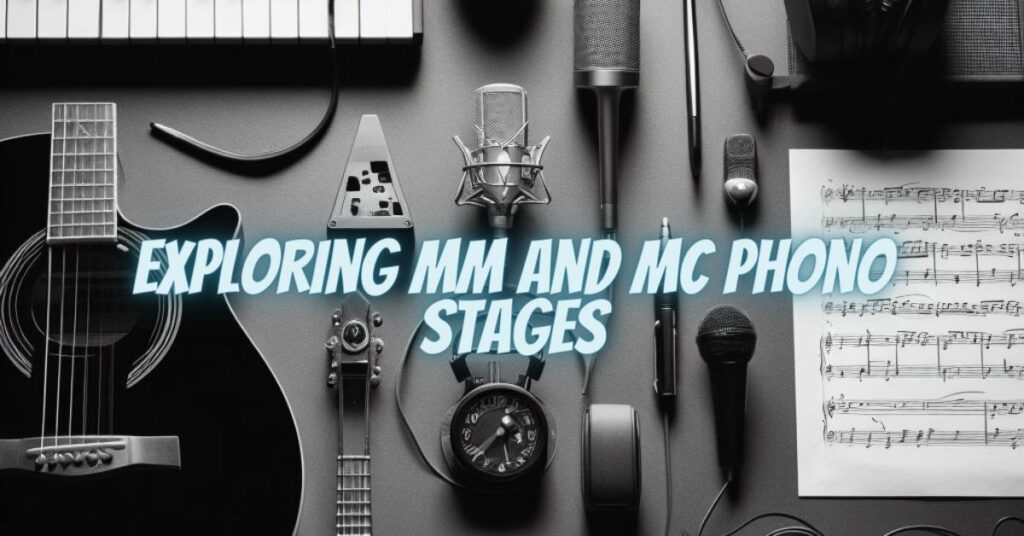Vinyl records have made a remarkable resurgence in the world of music, offering an authentic and tactile listening experience. To fully enjoy the warmth and nuances of vinyl, you need a turntable, an amplifier or receiver, and a phono stage, also known as a phono preamp. In this article, we’ll delve into the world of MM (Moving Magnet) and MC (Moving Coil) phono stages, explaining their significance in vinyl playback and helping you understand their unique roles in the audio chain.
The Role of a Phono Stage
A phono stage, or phono preamplifier, is a crucial component in the vinyl playback process. Its primary function is to prepare the low-level, high-impedance signal generated by the phono cartridge (the device that reads the grooves on a vinyl record) for amplification by a standard preamplifier or receiver.
Why is a phono stage necessary? There are two main reasons:
- RIAA Equalization: During the recording of vinyl records, certain frequency adjustments, known as the RIAA equalization curve, are applied to the audio signal. This curve compensates for the limitations of vinyl, improving its sound quality. The phono stage’s first job is to reverse this curve during playback to restore the original audio signal.
- Signal Amplification and Impedance Matching: Phono cartridges, especially MM and MC types, produce extremely low-level signals. These signals also have high impedance, which is not compatible with standard line-level inputs on amplifiers or receivers. A phono stage not only amplifies the signal but also matches its impedance to the appropriate level for further amplification.
Understanding MM and MC Phono Stages
1. Moving Magnet (MM) Phono Stage:
- MM phono stages are designed to work with Moving Magnet cartridges, which are the most common type of phono cartridges.
- MM cartridges generate a relatively higher output voltage compared to MC cartridges.
- MM phono stages are characterized by their simplicity and affordability.
- They typically provide a standard level of amplification suitable for most audio systems and MM cartridges.
2. Moving Coil (MC) Phono Stage:
- MC phono stages are designed to work with Moving Coil cartridges, which are known for their superior audio quality.
- MC cartridges produce a much lower output voltage than MM cartridges and have lower compliance.
- MC phono stages are specialized and require more amplification to bring the low-level signal to a line-level suitable for amplification.
- They often feature adjustable settings for gain, impedance, and capacitance to match the specific requirements of different MC cartridges.
Selecting the appropriate phono stage for your turntable setup depends on the type of cartridge you have, your budget, and your audiophile aspirations. If you have an MM cartridge and are looking for an affordable solution, an MM phono stage will work well. However, if you own an MC cartridge and prioritize audiophile-grade audio quality, an MC phono stage with customizable settings may be necessary.
In conclusion, a phono stage, whether MM or MC, plays a pivotal role in translating the delicate signals from a phono cartridge into the rich, analog sound that vinyl enthusiasts cherish. It’s essential to select the right phono stage to match your cartridge type and ensure that the RIAA equalization curve is accurately applied, ultimately delivering the exceptional vinyl listening experience you desire.


